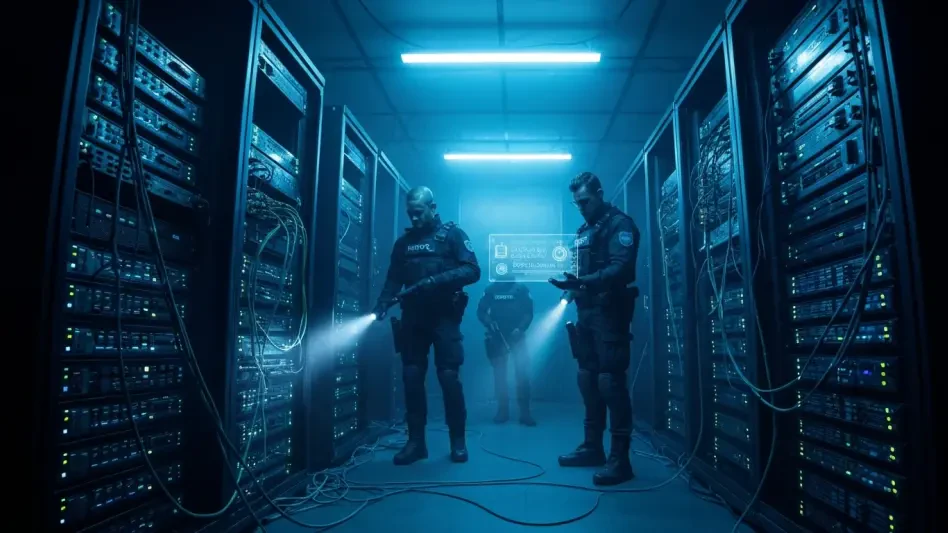In today’s highly digitized world, cybersecurity remains a paramount concern. As networks become increasingly intricate and interconnected, so too do the threats that lurk within them. From airline systems to government infrastructures, cybercriminals exploit both existing systems and human errors with ever-evolving tactics. This roundup aims to bring insights from various industry experts, reflecting on the diverse and dynamic landscape of cybersecurity, assessing the threats, and suggesting measures to safeguard against these adversities.
Shifting Terrain: Tracing the Evolution of Cyber Threats
The history of cyber threats has been a journey from rudimentary viruses to sophisticated attacks exploiting system vulnerabilities and human behavior. In our hyper-connected world, understanding these threats is vital to proposing effective responses. Leaders from different sectors emphasize the significance of recognizing the vulnerabilities inherent in the digital frameworks that guide everyday operations and interactions.
Experts agree that while system vulnerabilities persist, it is the evolving nature of cyber tactics that demands attention. Some stress that the pervasive nature of interconnected networks today has elevated cyber threats to one of the foremost concerns for organizations worldwide. This perspective sets the stage for examining how various modern threats are dissected and understood by professionals.
Insights into Modern Cyber Threats: Analysis and Implications
Unmasking New Attack Vectors
Cybercriminal groups like Scattered Spider have shown a penchant for social engineering tactics, prompting warnings from the FBI and cybersecurity agencies. While some experts argue the sophistication of these tactics, others note the ease with which unsuspecting individuals can fall prey. The debate highlights the delicate balance between technical measures and enhancing human awareness to mitigate these threats.
The Ripple of Software Vulnerabilities
Critical software vulnerabilities, such as those in Citrix’s NetScaler ADC, have seen real-world exploitation, causing significant disruptions. Industry leaders underscore the necessity for timely patches and deeper understanding of software landscapes to mitigate such incidents. However, they also caution against the operational risks inherent in frequent updates, suggesting a strategic approach is necessary.
Navigating New Trends in Cybersecurity
Emerging trends in consumer electronics vulnerabilities underscore widespread cybersecurity concerns. Experts note that while device manufacturers innovate, the rapid advancement often outpaces security measures. Regional variances and geopolitical tensions further exacerbate these challenges, spurring debates on the importance of enhancing device safety and user education.
Adapting to Cyber Threat Evolution
Organizations like Akamai and Google are at the forefront of deploying transformative tools to counter emerging threats. Expert analyses suggest these kinds of innovative practices are crucial for staying a step ahead of cybercriminals. Industry leaders envision a future where adaptive strategies and anticipatory measures become an integral part of cybersecurity infrastructure.
Forging a Proactive Cyber Defense Strategy
Developing a proactive cyber defense involves implementing strong authentication protocols and regular system updates. There is a consensus on the importance of adopting innovative practices, with experts advocating for more robust defense systems tailored to organizational needs. Practical advice echoes across the industry, urging a balanced approach combining technology and human oversight.
Looking Ahead: Navigating Future Cybersecurity Challenges
The urgency surrounding evolving cyber threats remains unabated. As technological advancements continue to introduce new vulnerabilities, industry thought leaders stress the importance of vigilance and adaptation. Looking forward, it is essential for organizations to embrace continuous learning and development in their cybersecurity strategies, ensuring they remain resilient against both current and emerging threats.








